<< Previous | Displaying results 3701-3750 of 6769 for "" | Next >>
In July 1938, 32 nations met in Evian, France, to discuss immigration policies for Jewish refugees fleeing Nazi Germany. Learn how these discussions impacted Jewish lives.
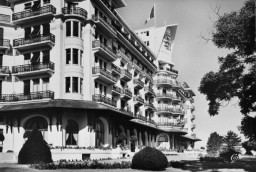
Learn about the Flossenbürg camp from its establishment until liberation in April 1945, including conditions, forced labor, subcamps, and death marches.
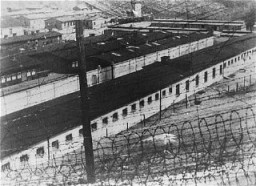
In July 1936, the SS opened the Sachsenhausen concentration camp as the principal concentration camp for the Berlin area.
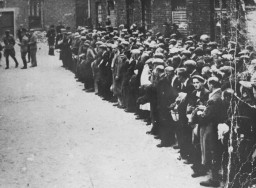
In 1938, the Nazis established Neuengamme concentration camp. Learn more about camp conditions, medical experiments, and liberation.
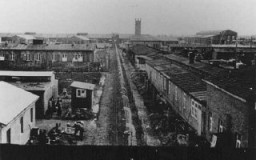
Learn more about Polish Jewish refugees that relocated to Lithuania between 1939-1940.
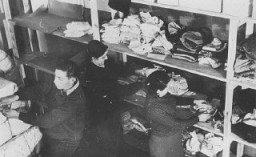
Learn more about the efforts of L.P.J. de Decker, Jan Zwartendijk, and Chiune Sugihara to help Polish Jewish refugees escape Lithuania during the war.
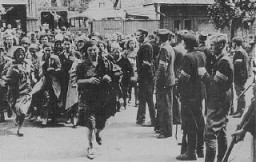
During WWII, a few thousand Polish Jewish refugees lived in Japan. Learn more about the wartime relocation into and the conditions of the Shanghai ghetto.
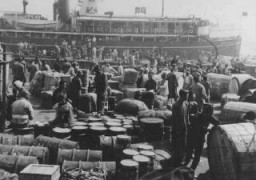
When Germany invaded Poland in September 1939, hundreds of thousands of Jewish and non-Jewish refugees fled the advancing German army. Learn about their experiences.

Japanese diplomat Chiune (Sempo) Sugihara was recognized as a "Righteous Among the Nations" for his aid to refugees in Lithuania during World War II.
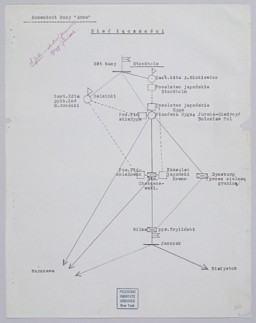
At the Yalta and Potsdam conferences, Allied leaders negotiated terms for the end of WWII in Europe. This included establishing Poland’s new postwar borders. Learn more.
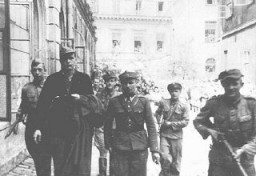
Songs, verses, and writings of writers and poets in the ghettos reflect efforts to preserve culture, humanity, and documentation, as well as acts of defiance. Explore examples.
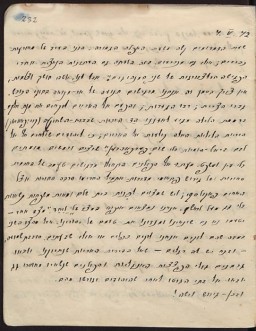
A Black expatriate artist living in Belgium upon the outbreak of WWII, Josef Nassy was held in German internment camps during the war. Learn about his experiences.
Learn more about the Lend-Lease Act, which was the American policy that extended material aid to the WWII Allied powers from 1941-1945.
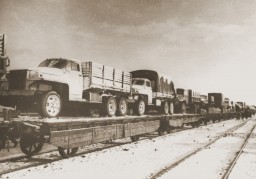
Nazi anti-Jewish laws began stripping Jews of rights and property from the start of Hitler’s dictatorship. Learn about antisemitic laws in prewar Germany.
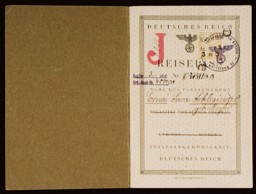
The Allied decision not to bomb the gas chambers in or the rail lines leading to Auschwitz-Birkenau has been a source of sometimes bitter debate. Learn more.
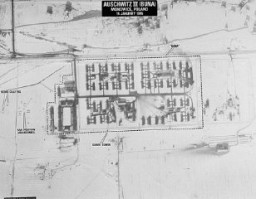
Did King Christian X of Denmark wear a yellow star in support of the Danish Jews? Read more about the historical truth behind the legend.
The War Refugee Board was a significant US attempt to rescue and relieve Jews and other endangered people under German occupation. Learn about its activities.
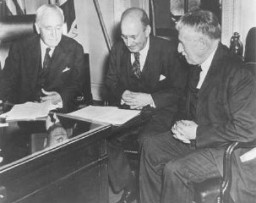
In February/March 1943, non-Jewish Germans protest the incarceration of their Jewish family members at Rosenstrasse 2-4 in Berlin. Learn about the impact of the protest.
The 30th Infantry Division participated in major WWII campaigns and is recognized for liberating the Weferlingen subcamp of Buchenwald in 1945.
Friedrich Engels was a philosopher and political economist. He co-authored communist and socialist books with Karl Marx. His work was burned in Nazi Germany in 1933.
H.G. Wells was an author best known for science fiction titles. The Nazis objected to "The Outline of History," a non-fiction work, which was burned in 1933.
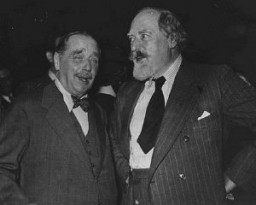
Jack London was an American author who wrote “The Call of the Wild.” His socialist leaning works were burned during the Nazi book burnings of 1933. Learn more.
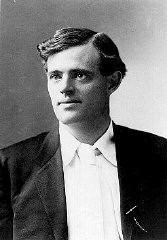
John Dos Passos was an American author who served in World War I. During the Nazi book burnings of 1933, his works were burned for their leftist leanings.
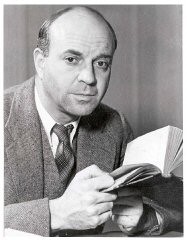
Leon Trotsky was a communist and close associate of Vladimir Lenin. His works were burned in the Nazi book burnings of May 1933. Learn more.
Marc Chagall was an artist who depicted rich imagery of Russian and Jewish life. His art was targeted in the Nazi book burnings and “Degenerate Art” exhibition.
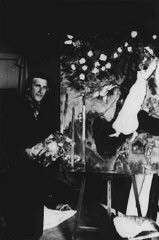
Max Brod was a Jewish author most widely known as the biographer and editor of Franz Kafka. His works were burned in the Nazi book burnings of 1933. Learn more.
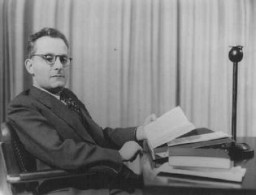
Paul Klee was a German-Swiss painter and graphic artist who taught at the Bauhaus. His art was targeted in the Nazi book burnings and “Degenerate Art” exhibition.
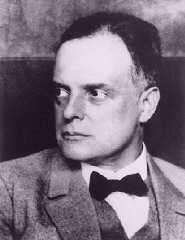
Rosa Luxemburg was a Marxist and a leader of the radical wing of the German Social Democratic Party. Her work was burned in Nazi Germany in 1933. Learn more.
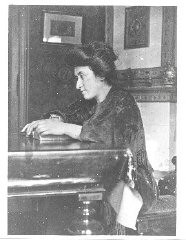
Sigmund Freud was the founder of psychoanalysis. The Nazis abhorred his new science and Jewish heritage. His works were burned in Germany in 1933. Learn more.
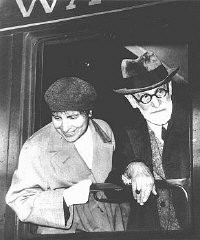
Stefan Zweig was a prolific author and one of the most popular writers of the interwar period. His work was burned in Nazi Germany in 1933. Learn more.
Theodore Dreiser was an American author of naturalist fiction. Censorship and bans accompanied him all his life. His works were burned in Nazi Germany in 1933.
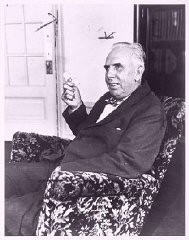
Thomas Mann was a German author who won the Nobel Prize for Literature. His political writings were burned during the Nazi book burnings of 1933. Learn more.
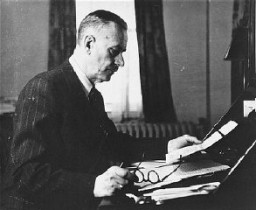
Upton Sinclair was an American author whose works exposed social injustice and economic exploitation. His works were burned in Nazi Germany in 1933. Learn more.
The Armenian genocide (1915–1916) is sometimes called the first genocide of the twentieth century.
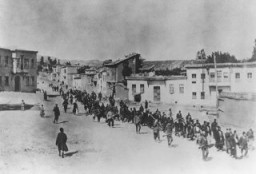
Learn more about the Armenian Genocide, which was the physical annihilation of ethnic Armenian Christians living in the Ottoman Empire between 1915-1916.
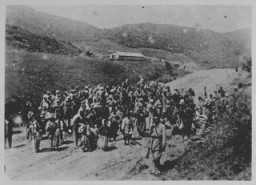
Mass atrocities and genocide are often perpetrated within the context of war. Learn more about World War I and the Armenian genocide.
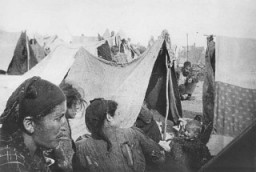
Father Jacques (Lucien Bunel) provided refuge to Jews and others at a school in Avon, France. Imprisoned in several Nazi camps for his activities, he died soon after liberation.
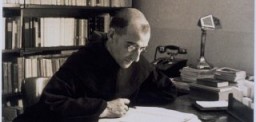
Adolf Hitler's Mein Kampf (My Struggle) is the best known and most popular Nazi text ever published with over 12 million copies sold from 1925 to 1945.
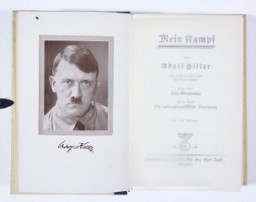
Social Democratic politician Otto Wels was the only German parliamentary leader to openly oppose passage of the Enabling Act, the cornerstone of Adolf Hitler's dictatorship.
After WWII, many Holocaust survivors, unable to return to their homes, lived in displaced persons camps in Germany, Austria, and Italy. Read about Babenhausen DP camp.
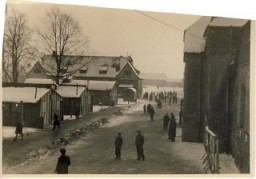
After WWII, many Holocaust survivors, unable to return to their homes, lived in displaced persons camps in Germany, Austria, and Italy. Read about Deggendorf DP camp.
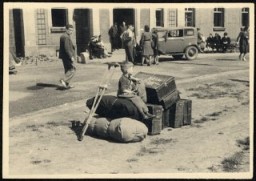
After WWII, many Holocaust survivors, unable to return to their homes, lived in displaced persons camps in Germany, Austria, and Italy. Read about Bensheim DP camp.
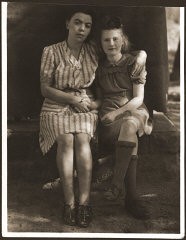
After WWII, many Holocaust survivors, unable to return to their homes, lived in displaced persons camps in Germany, Austria, and Italy. Read about Bad Reichenhall DP camp.
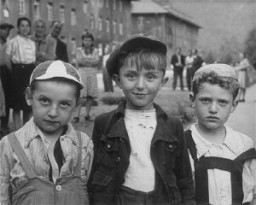
In 1933, Nazi students at more than 30 German universities pillaged libraries in search of boo...
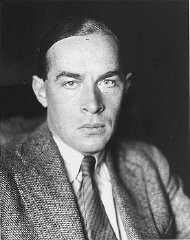
At great risk, George Kadish secretly documented life in the Kovno ghetto in Lithuania, creating a key photographic record of ghetto life during the Holocaust.
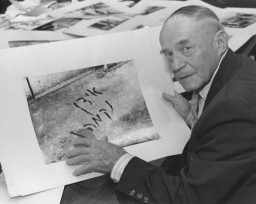
Learn about the Kovno ghetto diary and other documents Avraham Tory saved in a secret archive that documented life in the ghetto.
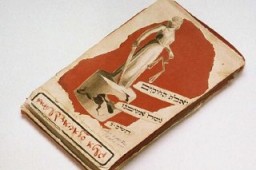
Learn about the history of Sighet, birthplace of Elie Wiesel. The Jewish population of Sighet was deported to Auschwitz in May 1944. Most of the deportees were gassed on arrival.
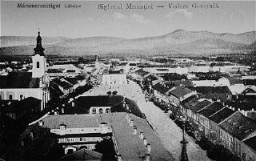
German pastor and theologian Dietrich Bonhoeffer was an early critic of the Nazi regime. He was arrested in 1943 and executed in the Flossenbürg camp in 1945.
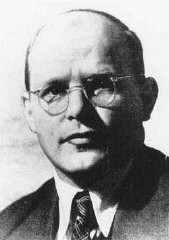
Explore definitions, connotations, and evolving considerations when using the term bystanders in the range of behaviors and motivations during the Holocaust.
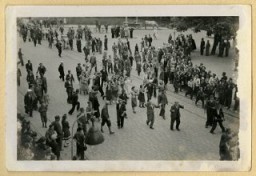
Learn more about Rudolf (Rezső) Kasztner (1906-1957) during World War II and his controversial efforts to help refugees escape Hungary in 1944.
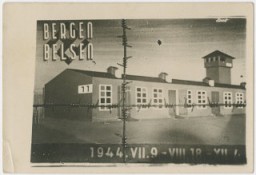
We would like to thank Crown Family Philanthropies, Abe and Ida Cooper Foundation, the Claims Conference, EVZ, and BMF for supporting the ongoing work to create content and resources for the Holocaust Encyclopedia. View the list of donor acknowledgement.